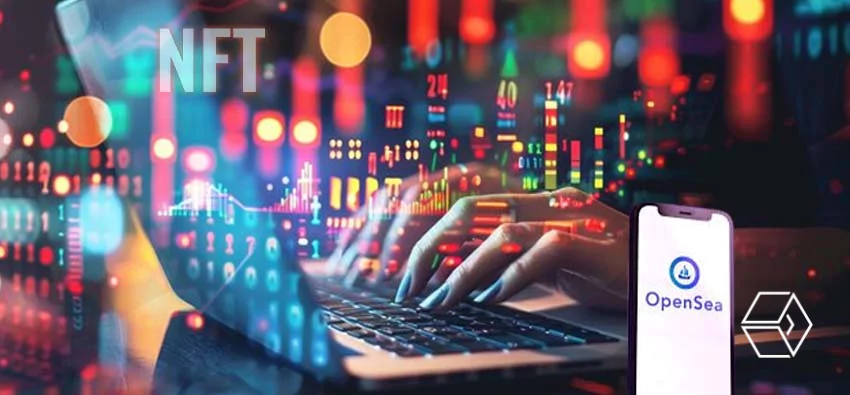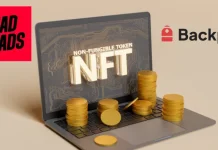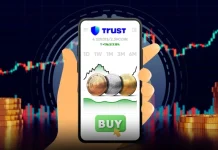
The last couple of months have seen the NFT market take a sharp dive, and now it sells NFTs in a number closer to when the market was just starting. The Ethereum network, which is one of the major players in this space, processed approximately $5.5 million worth of transactions in the past 24 hours, according to the data from CryptoSlam.
These orderings involve only 4,090 buyers and 3,098 sellers. In the last month, the Ethereum NFT reported sales of close to $213 million, but this marks a drop of 51% from April’s figures. It is worth mentioning that about $186 million of these sales were wash trades, where parties repeatedly buy and sell among themselves to artificially boost the volume statistics.
The drop in NFT transactions does not concern only Ethereum. Other blockchain platforms, like Solana and Bitcoin, have also experienced a drop in their NFT transaction volumes. In the previous 30 days, Solana’s daily sales were only $2. 8 million, which is 45% less ($124 million). Likewise, Bitcoin dropped by 45% to $421 million during this period, with its Ordinals project being the primary driver of its overall performance.
NFT sales keep forming a downward curve on almost all blockchains, such as Immutable X, Flow, Avalanche, Gala, The Sandbox, and Decentraland. All the networks have experienced a 41% decrease in NFT transactions in the past month. This has led to a fall in the total revenue to just above $907 million during this time.
The economic downturn has devastated the NFT ecosystem and affected the OpenSea marketplace the most. Volumes of trade on the platform have nearly crumbled per day, with Dune Analytics data revealing only $2.7 million worth of transactions on May 2, as opposed to their peak of $8.8 million for one day back in March.
In addition, the number of monthly active users on OpenSea has plummeted from 544,000 at the beginning of the year to just 74,000 now. This decline in count sends a signal of doubt and uncertainty about the platform’s long-term sustainability.
Unlike the increasing prices of cryptocurrency during the recent growth cycle, NFTs did not achieve the performance projection. Such an obstacle demonstrates the struggles that the sector is currently going through. Despite the fact that traditional art still prevails because of its limited supply and prestigious artists such as Leonardo da Vinci and Michelangelo, the NFT market is overburdened.
On the contrary, the value of NFTs is being devalued because now almost everyone, including artificial intelligence programs, can be an artist by making digital art. This has given way to a swarm of monotonous works that try to squeeze all the emotions they can offer in a limited time.
Furthermore, the NFT market has encountered fraudulent activities like wash trading and artificial price inflation. These have resulted only in a decrease in trust in the market and a lowering of the value of NFTs. Subsequently, the drop in floor prices of more popular collections like Bored Ape Yacht Club (BAYC) has forced many NFTs to be relegated to nearly complete worthlessness.
The traditional art market thrives as long as the established reputation and perennial demand for the creations of famous artists promise that their value will only keep growing over the generations.
On the other hand, the NFT sector has suffered some hardships in giving a taste of equal prestige or imported quality to its assets, mainly because some of the assets are readily reproducible and plentiful. The NFT market was deprived of the recent cryptocurrency price surge and experienced a significant decline recently, making its future sustainability as a valuable digital asset doubtful.













